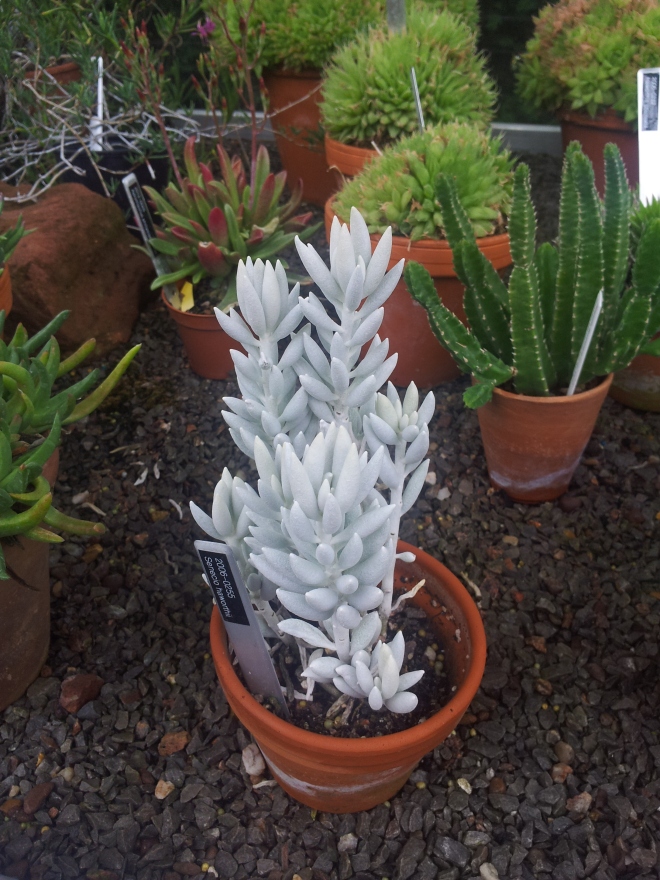(I am back…..apologies for the delay)
This latest blog post comes in the wake of a trip to Cannington Walled Gardens, a hidden local gem that I had yet to visit despite it being 5 minutes down the road. The gardens themselves are spectacular, with many different themed areas set within the grounds of the medieval priory.
It was in one of the greenhouses where I considered a question I hadn’t thought about in a long time, and one which I needed to remind myself of the answer to. How do non-green plants work?
We all know that most plants are green. This green colour is caused by the presence of green chlorophyll pigments found in the leaves which are involved in photosynthesis. These pigments capture light energy from the sun which is used to fuel photosynthesis. Plants need photosynthesis to make energy in the form of sugars. Plants like the one pictured below are not green so we could guess that they do not contain green chlorophyll pigments. So how do they make the sugars they need to survive and grow?
Well it turns out there are many ways in which non-green plants can still photosynthesise! Here are some of the reasons:
- The plants contain some green chlorophyll but it is hidden under pigments that have other colours. Chlorophyll is a green pigment but there are others that are different colours. Anthocyanins are purple pigments which can mask the green colour of the chlorophyll and make the plant appear purple. But the photosynthesis is still happening underneath. Often these plants with high levels of purple pigments or other colours are ornamental species because they have been bred for their interesting colouration. Sometimes these interesting colourations do pop up in the wild but they are rare because chlorophyll is so important for producing energy.
- The leaves of some of these plants may be made in a way that makes them appear white because light is reflected back from them at a certain angle. These plants can actually be just as good at photosynthesising as green ones but all the chlorophyll is hidden by this trick of the light.
- In some other plants that don’t have chlorophyll in their coloured leaves, they may only have this colouring when they are grown where there is plenty of sunlight. This is because they are already doing enough photosynthesis in other leaves.
- Some plants just steal sugars from other plants so they don’t need to bother with photosynthesis themselves. There are a few plants that have no chlorophyll at all and rely entirely on other plants, tapping into their roots to steal sugars and water. The weird plant below (Hydnora africana) is one of these parasitic plants.

The bizarre Hydnora africana which does not photosynthesise and relies entirely on stealing from other plants. Source: Lytton John Musselman
So it seems that almost all land plants are green and if they are not then they have some chlorophyll hiding under their coloured exterior or they are stealing all their energy from another plant. The next post will look at why plants are green in the first place!


I always wondered how it worked when I tucked into my purple lettuces!
For me it was the colour coded gardens that made me wonder how black and purple plants worked. Had no idea there were so many non-green plants until I saw them all together.
Pingback: Plants, why green? | Plants and Prejudice